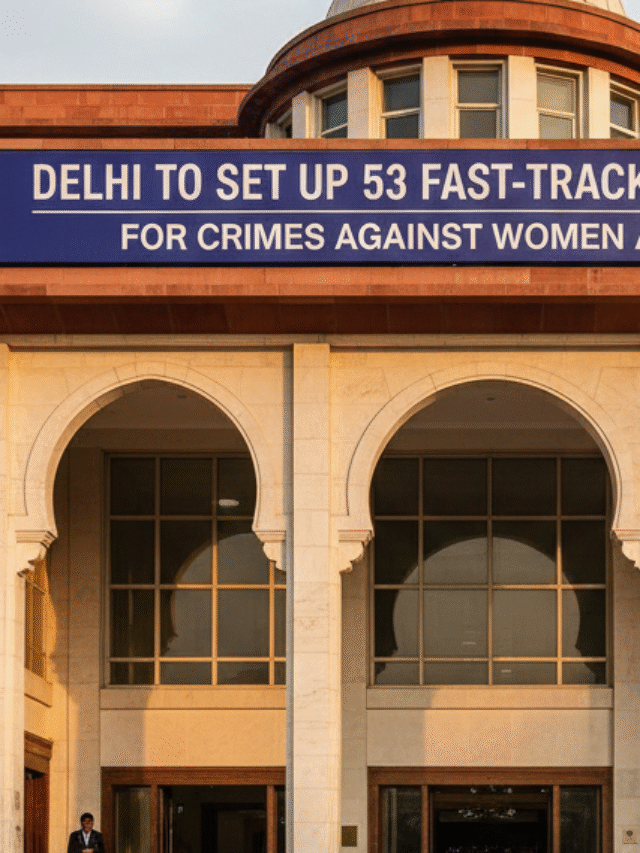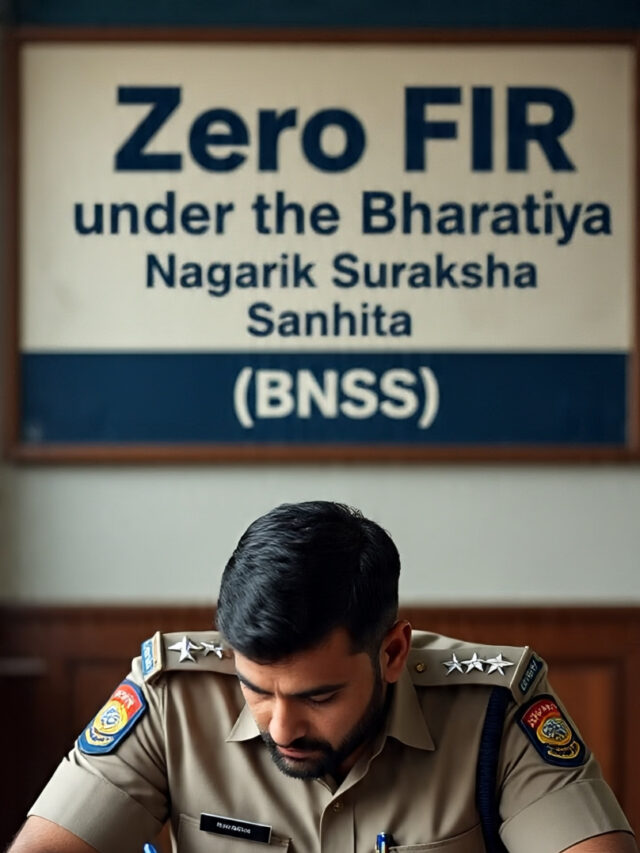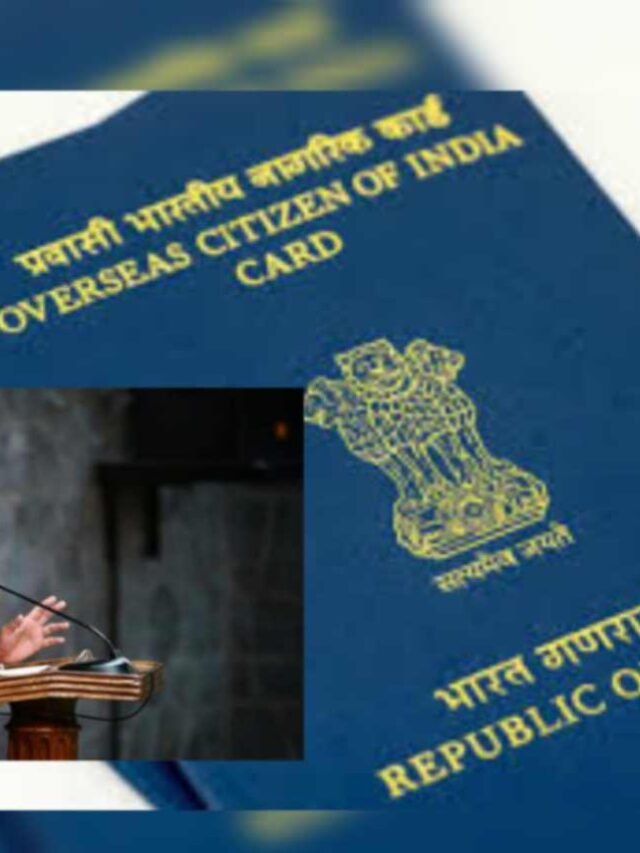The Telangana High Court has affirmed the 2013 Revenue Divisional Officer’s decision granting ownership rights to protected tenants over nearly 200 acres in Gachibowli, Hyderabad, valued at ₹15,000 crore.
Overview of the Gachibowli Land Dispute
In a landmark judgment, the Telangana High Court has upheld the 2013 decision by the Revenue Divisional Officer (RDO) recognizing the ownership rights of protected tenants over approximately 200 acres of land in Gachibowli, Hyderabad. This land, now valued at around ₹15,000 crore, has been at the center of a prolonged legal battle involving the descendants of protected tenants and subsequent land purchasers, including members of the Diamond Hills Welfare Association.
The 2013 RDO Decision
In 2013, the RDO ruled that the petitioners, the legal heirs of protected tenants, were entitled to ownership certificates under the Andhra Pradesh (Telangana Area) Tenancy and Agricultural Lands Act, 1950. The RDO’s decision was based on the absence of any evidence indicating that the original tenants had lawfully surrendered their tenancy rights, as stipulated under Section 19 of the Act.
The 2016 Sub-Collector’s Order
In 2016, the Sub-Collector issued an order overturning the RDO’s decision, contending that the tenancy laws were no longer applicable due to the land’s conversion for residential development. This order was challenged by the petitioners, leading to the current legal proceedings.
The High Court’s Ruling
Justice CV Bhaskar Reddy, in a comprehensive 156-page judgment, criticized the Sub-Collector’s actions, noting that the detailed order was issued within 24 hours while the officer was on sanctioned leave, casting serious doubt on the fairness and legality of the process. The Court further held that the Sub-Collector had exceeded his jurisdiction and interfered with findings already settled by judicial directions. The High Court affirmed that only civil courts have the authority to adjudicate disputes over registered sale deeds, not revenue authorities.
Implications of the Judgment
This ruling brings legal closure to a decade-long dispute and reinforces the rights of protected tenants under the Tenancy Act. It also underscores the importance of procedural fairness and jurisdictional boundaries in administrative decisions.
Frequently Asked Questions (FAQs)
What is a protected tenant under the Tenancy Act?
A protected tenant is a tenant who, under the Tenancy Act, has certain rights and protections against eviction and may be entitled to ownership rights if specific conditions are met.
How did the 2016 Sub-Collector’s order affect the case?
The 2016 order by the Sub-Collector overturned the 2013 RDO decision, leading to renewed legal challenges. The High Court later found the Sub-Collector’s actions to be procedurally unfair and beyond jurisdiction
What does the High Court’s judgment mean for the protected tenants?
The judgment reinstates the 2013 RDO decision, affirming the protected tenants’ ownership rights over the land in question.

























